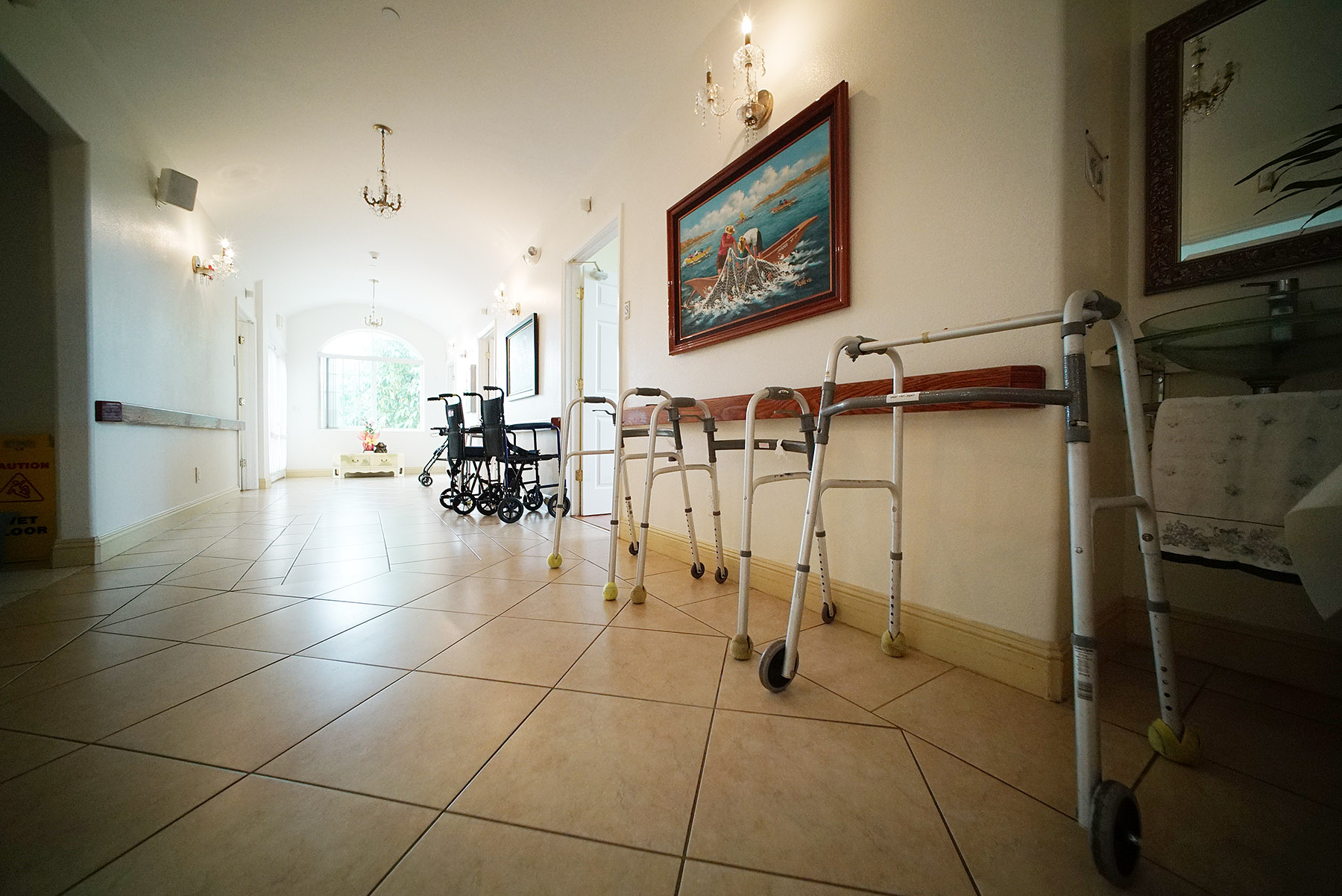Out-of-pocket health spending among Medicare beneficiaries: Which chronic diseases are most costly? PLOS ONE
Table of Content
For the Elderly has been enabling older adults to age at home comfortably. By clicking "Submit," I agree to the Care.com Terms of Use and Privacy Policy and allow Care.com to share this information with all similar local businesses. The email address on your Facebook account does not match your Care.com account. Please log in with your Care.com credentials and link the accounts in the 'My Profile & Settings' page.
87% of the 3,078 older adults with CVD report having positive (i.e. at least one dollar of) total OOP spending. However, the proportions of individuals with positive spending in the detailed expenditure categories are smaller . Among the 3,078 older adults with CVD, only 12% incur inpatient spending, 69% incur non-inpatient spending, and 74% incur prescription drug spending. Of note, in particular, is the observation that more people spend on non-inpatient services and prescription drugs than inpatient services. Average inpatient spending ranges between $1,067 and $1,540, which is considerably higher than the mean expenditures of $679–1,092 reported in the other two expenditure categories.
Data and sample
When a person is charged with PPP loan scam charges, they can face multiple civil and criminal penalties. Even a single PPP loan fraud case might involve multiple criminal laws. As a non-profit with a people-focused mission, our goal is to learn everything we can about you or your loved one’s health and lifestyle to create a customized treatment plan. At COHME, our professional staff and home aides collaborate to best meet your needs.

For three of the four costliest conditions , prescription drug spending is singularly the most important driver of additional expenses. These findings are consistent with other recently published studies [38–39], and likely due to the extensive use of prescription drugs in disease management, e.g. oral agents or insulin therapy consumed by diabetes patients. A key conclusion is that service drivers of increased spending may be heterogeneous across disease types. Decomposition analysis can thus help health administrators and policymakers target interventions.
Out-of-pocket health spending among Medicare beneficiaries: Which chronic diseases are most costly?
If you think CONCERN HOME CARE, INC. has done something nefarious, then report them here using the review box at the bottom of the page. When help is needed after a surgery or other change in function on a short-term basis, COHME is there to help. We start home care services as soon as possible and cater to the client’s schedule and needs. Any other information, including awards and accreditation, hours, and cost, were provided by this business and may not reflect its current status.
In this paper, we assess the impact of chronic diseases on older adults’ OOP medical spending and evaluate whether certain conditions are costlier in terms of additional spending needs. Health service-specific components that drive the increased spending for costly conditions are also identified. We use a nationally representative sample of non-institutionalized, Medicare beneficiaries aged 65+ from the Health and Retirement Study . A multivariate two-part regression model is implemented to estimate the marginal effects of various NCDs, including cancer, diabetes, and CVD, on total spending. This decomposition analysis may be useful for health administrators and policymakers to target interventions. Our analyses were also informative on the health service-specific components that drive increased spending.
Statistical analysis
Additionally, costs of hospitalization care and/or overnight nursing home use also contributes significantly to the high costs of care for community-dwelling older adults with CVD. For the fourth costliest chronic condition–cancer–the key driver of increased spending is non-inpatient services , which accounts for 48% of the total excess spending. Noncommunicable diseases are among the most prevalent and costly health conditions in the United States. As of 2013, two out of every three older Americans have two or more chronic health conditions . Older adults have higher prevalence of chronic diseases than younger adults. According to nationwide statistics from the American Heart Association , about 85% of Americans aged 65+ have cardiovascular diseases as compared to 50% for those aged 45–64.
A final limitation is that our analyses are cross-sectional and do not take into account dynamic changes in OOP expenditure over time. To put these dollar estimates in context, we also evaluate the spending difference in percentage terms. That is, we divide increased spending by the predicted average spending for persons without that disease . Our results suggest that Medicare beneficiaries with CVD spend 30.5% more than those without CVD.
Care.com does not provide medical advice, diagnosis or treatment or engage in any conduct that requires a professional license. Level of annual OOP spending and unadjusted increased spending, by selected chronic condition and expenditure category. Sources of increased OOP spending for the four costliest chronic conditions . We strongly encourage you to verify the license, qualifications, and credentials of any care providers on your own. At Care.com, we realize that cost of care is a big consideration for families.
Concerned Care Home Health and Hospice is committed to providing compassionate care. As part of the social services we offer financial and home assessment. Since 1975, Concerned Care Home Health and Hospice has been committed to excellence in home care. Our dedication is as strong today as it was over 45 years ago—providing quality care through a full continuum of home care services. The inclusion of a person or entity in the IIAS Database is not intended to suggest or imply that they have engaged in illegal or improper conduct related to PPP Loan .
Thus, on an adjusted basis, the four ‘costliest’ chronic conditions are , whether in absolute or relative terms. About 18% of sampled respondents report not having any form of OOP spending. This suggests that the total spending distribution is skewed rightwards with a mass point at zero. The GLM framework implemented in the second part takes into account the right-skewness and avoids potential bias issues in retransformation.

Interventions to promote more cost efficient healthcare services and consumer choices can help older adults better cope with these expensive long-lasting conditions and reduce the overall burden of noncommunicable diseases. We use data from the 2014 Health and Retirement Study representing a weighted population of 35,939,270 Medicare beneficiaries aged 65+. Generalized linear models are applied to estimate the effect of different chronic diseases on total out-of-pocket expenditure, adjusted for demographics, socio-economic status, physical health, and other factors. We also decompose total spending by expenditure categories (inpatient, non-inpatient, and prescription drug spending). Sensitivity analysis is performed using a younger sample of older adults aged 50–64. Many past studies have highlighted that older adults living with chronic diseases face substantial out-of-pocket health expenditures despite Medicare’s near-universal coverage for those aged 65+ [5–10].
Share my information with the selected business so they may contact me. I understand this information will be subject to the business' privacy policy. We strongly encourage you to contact this provider directly or state licensing department to verify their license, qualifications, and credentials. We realize that use of the Internet to communicate with Concerned Care may raise some questions concerning the nature, use and confidentiality of the information collected from our visitors. It is with that in mind that we address your concerns and assure you that, as a site visitor, all personal data you submit is kept in strictest confidence by the staff at Concerned Care Home Health and Hospice. Please read more for detailed information on how your information is handled within our organization.

We find that prescription medication is a major component of the increased OOP spending for Medicare beneficiaries with CVD, diabetes and hypertension in 2014. Pharmaceuticals account for about 90% of the higher spending among beneficiaries with diabetes and hypertension. 67% of the excess OOP expenditure attributable to CVD stems from prescription drugs spending.
Comments
Post a Comment